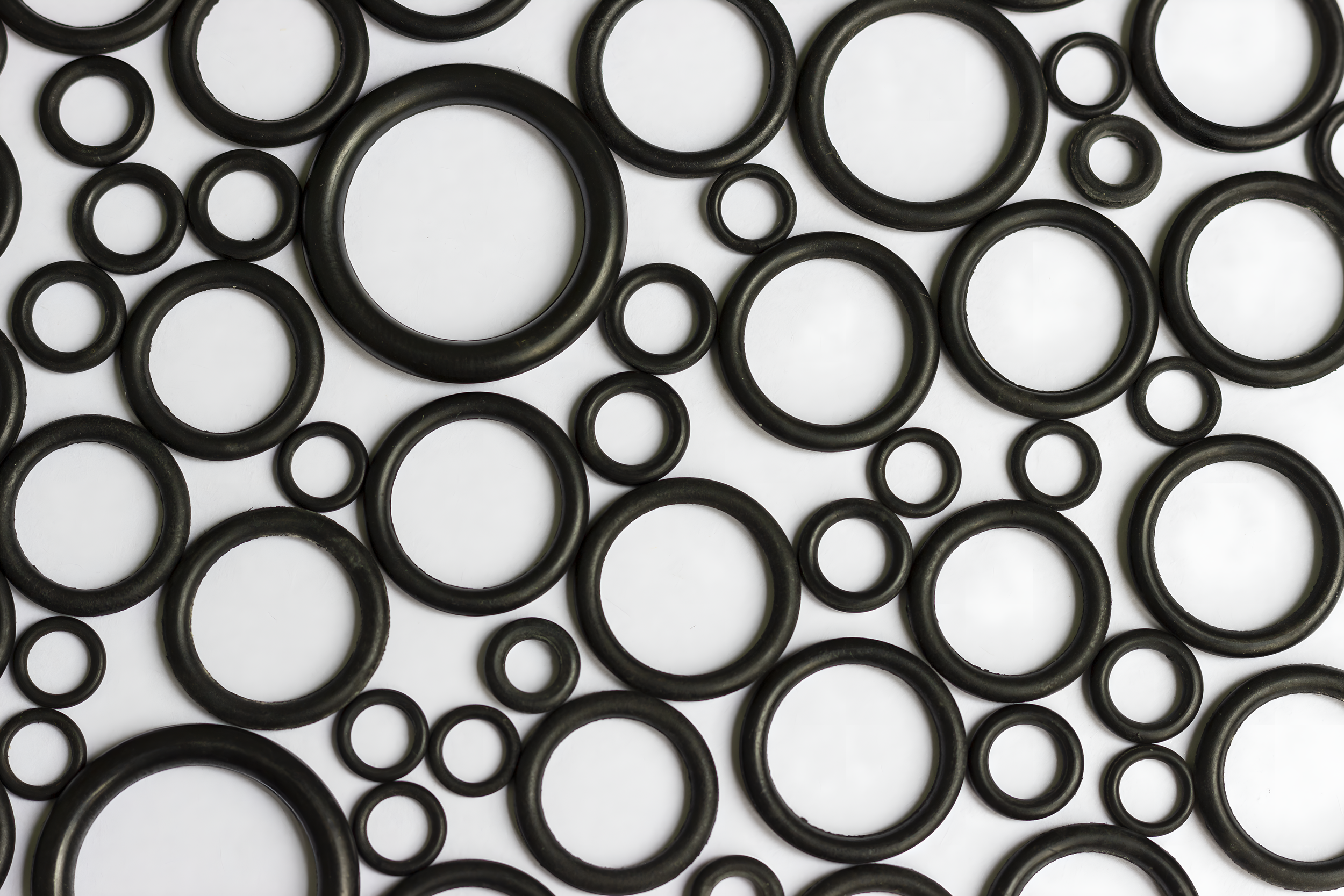
Service Temperatures
The service temperature of an elastomer is important to understand how it responds at different temperatures. The service temperature range table is for reference only. In actual service environments, compounds may not reach the maximum temperature specified in this table. However, higher temperatures can be attained if the exposure is for a short duration or intermittent.
Temperature Resistance: Rubber can maintain its properties over a wide range of temperatures. Different types of rubber have varying levels of resistance to heat and cold.
Chemical Resistance: Rubber's ability to resist degradation when exposed to various chemicals, oils, and solvents is critical for applications in automotive and industrial environments.
Compression Set: This refers to the permanent deformation that occurs when rubber is subjected to compressive forces. A low compression set indicates that the rubber will retain its shape after being compressed.
Flexibility: Rubber remains flexible even at low temperatures, ensuring that it can function effectively in various environmental conditions.
Water Resistance: Many rubber types provide good resistance to water, making them ideal for seals and gaskets in plumbing and automotive uses.
Inertness: Rubber can be chemically inert, meaning it does not react with many substances, which is crucial in food and pharmaceutical applications.
UV and Ozone Resistance: Certain rubber formulations have enhanced resistance to degrading effects from ultraviolet light and ozone, making them suitable for outdoor applications.
Self-Lubricating Properties: Some rubber compounds are designed to have low friction and self-lubricating characteristics, which are beneficial in moving parts.
